Home>Interior Design>How To Organize A Freezer: 10 Expert Tips To Get Drawers In Order
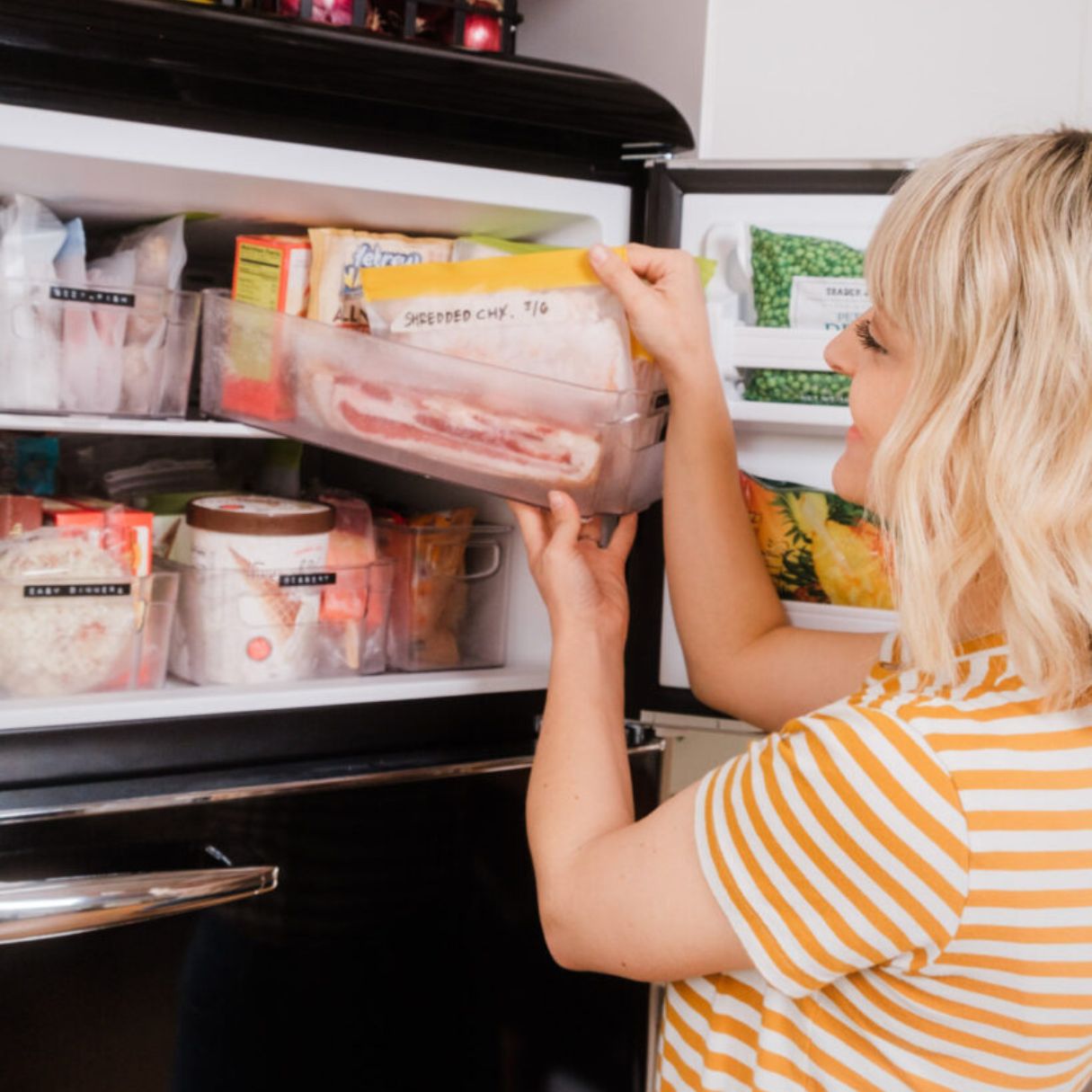

Interior Design
How To Organize A Freezer: 10 Expert Tips To Get Drawers In Order
Modified: February 20, 2024
Learn how to organize your freezer with these 10 expert tips. Get your freezer drawers in order and maximize your interior design.
(Many of the links in this article redirect to a specific reviewed product. Your purchase of these products through affiliate links helps to generate commission for Storables.com, at no extra cost. Learn more)
Introduction
Having an organized and well-maintained freezer not only makes meal prep easier but also extends the lifespan of your frozen goods. When your freezer is cluttered and disorganized, it can be challenging to find what you need, leading to frustration and food waste.
Fortunately, with a few expert tips, you can transform your freezer into a well-organized space where everything has its place. In this article, we will explore ten expert tips to help you organize your freezer effectively.
Whether you have a standalone freezer or a freezer compartment in your refrigerator, these tips will help you maximize space, improve accessibility, and keep your frozen items in order.
Let’s dive in and discover how to give your freezer drawers a much-needed makeover.
Key Takeaways:
- Transform your freezer into an organized oasis by emptying, cleaning, sorting, and categorizing items. Utilize clear storage containers, label them, and arrange items by frequency of use for maximum efficiency.
- Maintain proper temperature and airflow, implement a “first in, first out” system, and regularly declutter and reorganize your freezer to minimize food waste and enjoy a streamlined meal prep experience.
Tip 1: Empty and clean the freezer
Before you start organizing your freezer, you’ll need to empty it completely. Take out all the items and place them in a cooler or another freezer temporarily. This will give you a blank canvas to work with and minimize the chances of anything getting spoiled during the organizing process.
Once the freezer is empty, it’s time to give it a thorough cleaning. Start by unplugging the freezer and removing any removable shelves or drawers. Use a mixture of warm water and mild dish soap to wipe down the interior surfaces, including the walls, shelves, and door. Avoid using harsh cleaning agents or abrasive scrubbers that may scratch the surfaces.
Pay special attention to any spills or sticky residue. Use a soft sponge or cloth to gently scrub away any stubborn stains. If there is any built-up ice, let it melt naturally or use a plastic spatula to gently remove it. Once you have cleaned the interior, dry it thoroughly with a clean towel.
While the interior is drying, take the opportunity to clean the removable shelves and drawers. Wash them with warm soapy water, rinse well, and dry them thoroughly before placing them back in the freezer.
By starting with a clean and fresh freezer, you lay the foundation for an organized and hygienic space to store your frozen items.
Tip 2: Sort and categorize items
Now that your freezer is clean, it’s time to sort and categorize the items you’ll be putting back in. This step is crucial for maintaining an organized freezer and making it easier to find what you need.
Start by grouping similar items together. For example, create categories for meat, vegetables, fruits, prepared meals, and desserts. This will help you quickly locate specific items without having to dig through the freezer.
As you sort, check the expiration dates on the packaging. Discard any items that have expired or show signs of freezer burn. It’s essential to only keep food that is safe to consume.
Consider using clear storage containers or bags for each category to keep items visible and easily identifiable. Transparent containers allow you to see what’s inside without rummaging through everything. Plus, they help prevent cross-contamination between different types of food.
When organizing your items, keep in mind the frequency of use. Place frequently used items within easy reach, while less frequently used ones can be stored in the deeper or less accessible areas of the freezer.
Labeling the containers or bags can also be helpful, especially if you have multiple people using the freezer. Clearly mark the contents and date of freezing to help you keep track of what you have and when it was stored.
By sorting and categorizing your items, you create an efficient system that saves time and reduces the chances of forgetting about the hidden gems at the bottom of your freezer.
Tip 3: Label storage containers
Labeling storage containers is an essential step in maintaining an organized freezer. When it comes to frozen food, it’s easy to forget what you’ve stored and when you put it in.
Take the time to label each storage container with the contents and date of freezing. This helps you keep track of what you have and ensures that you use items before they spoil or lose their quality.
You can label containers in various ways, depending on your preference. Labeling options include adhesive labels, permanent markers, or even freezer-safe tape. Choose a method that works best for you and is easy to read.
When labeling, be as specific as possible. Instead of just writing “meat,” specify the type of meat, such as “chicken breasts” or “ground beef.” This level of detail will save you time and prevent confusion when searching for a particular item.
It can also be helpful to include any additional information on the label, such as portion sizes, marinade information, or cooking instructions. This extra detail will make meal preparation more convenient when you’re ready to use the frozen items.
If you’re using clear storage containers, consider using removable labels or dry-erase markers. This way, you can easily change the labels as needed without creating a mess or confusion.
Labeling your storage containers is a small but impactful step that will significantly improve your freezer organization. You’ll always know what’s inside, when it was stored, and how to use it, making mealtime a breeze.
Tip 4: Utilize clear storage bins
Clear storage bins are a game-changer when it comes to organizing your freezer. These bins provide a designated space for specific categories of items, keeping everything neatly grouped together.
When selecting clear storage bins, opt for ones that are freezer-safe and have airtight lids. This will help maintain the quality and freshness of your food while preventing freezer burn.
Using clear bins allows you to see exactly what you have without having to dig through the freezer. This can save you time and prevent items from getting lost or forgotten at the back of the freezer.
Assign each bin to a specific category, such as meats, vegetables, or prepared meals. This helps keep similar items together and makes it easy to locate what you need.
In addition to organizing your freezer, clear bins also make it easier to clean. If there are any spills or leaks, you can simply remove the bin and clean it, rather than having to clean the entire freezer.
An added benefit of using clear storage bins is that they can help prevent items from falling out and creating a mess. The bins provide stability and keep everything in place, ensuring a neat and organized freezer space.
Consider using stackable bins to maximize vertical space in your freezer. This allows you to utilize the available space efficiently while keeping items within reach.
With clear storage bins, you can bid farewell to the days of rummaging through a disorganized freezer. Everything will have its place, making it easy to find what you need and maintain a clutter-free freezer.
Read more: How To Organize A Freezer Drawer
Tip 5: Use freezer-safe bags and wraps
When it comes to storing food in the freezer, using freezer-safe bags and wraps is essential. Proper packaging not only helps preserve the quality of your food but also keeps items organized and prevents freezer burn.
Invest in high-quality freezer-safe bags that are durable and have airtight seals. Look for bags specifically designed for freezer storage to ensure they can withstand the low temperatures and prevent freezer burn.
When using freezer bags, squeeze out as much air as possible before sealing them. This helps minimize the potential for frost and ice crystals to form, which can negatively affect the texture and taste of the food.
For items like meats or individually portioned meals, consider using vacuum-sealed bags. These bags remove air entirely, providing superior protection against freezer burn and maintaining the freshness of the food for a longer period.
Another option is freezer-safe plastic wrap. Wrap individual food items tightly to prevent air exposure. Consider double-wrapping items for added protection.
Label the bags or wraps with the contents and date of freezing for easy identification. This will allow you to locate specific items quickly and ensure that you use them within a reasonable time frame.
Using freezer-safe bags and wraps not only helps keep your freezer organized, but it also safeguards the quality of your frozen food. Your items will be well protected, making them ready for delicious meals whenever you need them.
Use clear bins or baskets to group similar items together in your freezer. This will make it easier to find what you need and prevent items from getting lost in the back.
Tip 6: Arrange items by frequency of use
An effective way to organize your freezer is to arrange items based on the frequency of use. By doing so, you can ensure that frequently accessed items are easily accessible and that less frequently used items are stored in the back or bottom of the freezer.
Start by identifying the items you use most often in the freezer. It could be daily essentials like frozen fruits, vegetables, or frequently used ingredients for your favorite recipes. Keep these items within easy reach, preferably in the top or front of the freezer.
Arrange the items in a way that allows you to see and access them easily. Utilize clear containers or shelves for maximum visibility.
Less frequently used items, such as specialty ingredients or bulk purchases, should be stored towards the back or bottom of the freezer. This ensures that they don’t get in the way or create clutter when you’re searching for everyday items.
A useful technique is to create zones within the freezer. Reserve specific areas for different categories of items, such as a section for meats, a section for frozen meals, or a section for desserts. This approach helps maintain order and makes finding items a breeze.
Remember to regularly reassess and adjust the arrangement of items based on your changing needs. As new items are added or old items are used up, make the necessary reorganization to accommodate the shifts in your freezer inventory.
By arranging items by frequency of use, you streamline your freezer organization process and make it more efficient. You’ll always know exactly where to find the items you need, saving you time and reducing frustration.
Tip 7: Maximize vertical space with stackable containers
When it comes to optimizing the space in your freezer, utilizing vertical space is key. One effective way to do this is by using stackable containers.
Stackable containers allow you to make the most of the available vertical space in your freezer. Instead of having items spread out horizontally, stacking them vertically helps you fit more items in a smaller footprint.
Look for containers that are specifically designed to be stackable. These containers often have interlocking lids or grooves that allow them to securely stack on top of one another without sliding or toppling over.
Prioritize using clear stackable containers to maintain visibility of the items inside. This makes it easier to identify and access what you need without having to rummage through a pile of containers.
When stacking containers, make sure to place heavier items at the bottom and lighter items on top. This ensures stability and minimizes the risk of the containers collapsing.
In addition to stackable containers, consider using stackable baskets or bins. These versatile storage solutions can be placed on shelves or in drawers, providing additional layers for organization and maximizing vertical space.
Remember to label the containers or baskets to keep track of what’s inside. This way, you can quickly locate the items you need without having to unstack everything.
By utilizing stackable containers and baskets, you can transform your freezer into a space-efficient storage solution. You’ll be amazed at how much more you can fit while still maintaining an organized and accessible freezer.
Tip 8: Maintain proper temperature and airflow
Proper temperature and airflow are crucial factors in keeping your freezer organized and your food items in optimal condition. By maintaining the right temperature and airflow, you can ensure the longevity and quality of your frozen goods.
First and foremost, it’s important to set your freezer at the recommended temperature. The ideal freezer temperature is typically around 0°F (-18°C) or slightly below. This low temperature helps to prevent bacterial growth and maintain the freshness of your food.
Regularly check the temperature of your freezer using a thermometer to ensure that it remains within the appropriate range. Make any necessary adjustments to the temperature settings accordingly.
Adequate airflow in the freezer is also essential. Proper airflow helps to distribute cold air evenly, preventing hot spots and ensuring consistent freezing throughout the freezer. This helps to maintain the quality and texture of your frozen items.
Avoid overfilling your freezer, as this can restrict airflow and negatively affect the cooling performance. Leave enough space between items for air to circulate freely. If your freezer is too crowded, consider removing unnecessary items or reorganizing to create sufficient airflow.
Keep the freezer vents or air circulation vents clear from obstructions. These vents are designed to allow air to flow smoothly within the freezer. Ensure that they are not blocked by food containers or other items.
Regularly defrosting your freezer can also improve its airflow and efficiency. Ice build-up can restrict airflow and impact the freezer’s temperature control. Defrosting your freezer as needed can help maintain optimal conditions for frozen storage.
By maintaining the proper temperature and airflow in your freezer, you can ensure that your frozen items stay fresh and organized. A well-functioning freezer will not only extend the shelf life of your food but also make it easier to locate and access items when needed.
Tip 9: Implement a “first in, first out” system
Implementing a “first in, first out” (FIFO) system is a great way to keep your freezer organized and prevent food waste. The FIFO system ensures that older items are used before newer ones, reducing the likelihood of items getting forgotten and expiring.
To implement the FIFO system, follow these steps:
- Create a designated storage area: Designate a specific area in your freezer to store new items. This can be a shelf, a drawer, or a section of your freezer. This area will be used exclusively for newly added items.
- Place older items in front: When you add new items to your freezer, place them at the back of the designated storage area. This ensures that older items are always in the front, making them easily accessible and reminding you to use them first.
- Practice rotation: When retrieving items for use, always take from the front of the designated storage area. This ensures that you are using the oldest items first. Make a habit of rotating the items, moving newer items to the back and older items to the front.
By implementing the FIFO system, you can prevent items from getting buried and forgotten in the freezer. It helps you stay organized and minimizes food waste by ensuring that items are used before they expire.
This system is especially useful for perishable items or items with shorter shelf lives. It also applies to homemade dishes or leftovers that you freeze. Ensure that they are properly labeled with the date of freezing so that you can track their freshness.
By following the FIFO system, you can maintain an organized and efficient freezer, making the most of your frozen items while reducing waste.
Tip 10: Regularly declutter and reorganize the freezer
Regularly decluttering and reorganizing your freezer is the key to maintaining an organized and efficient storage space. Over time, items can accumulate, and the organization can become compromised. By dedicating time to declutter and reorganize, you can keep your freezer in top shape.
Here are some steps to follow when decluttering and reorganizing your freezer:
- Set aside time: Plan a specific time to tackle the task of decluttering and reorganizing your freezer. Choose a day when you have enough time and energy to dedicate to the process.
- Empty the freezer: Start by emptying the entire freezer, just as you did in Tip 1. Remove all items and place them in a cooler or another freezer temporarily.
- Sort and discard: Sort through the items and discard anything that is expired, freezer-burned, or no longer safe for consumption. Use this opportunity to take stock of what you have and prioritize using items that are closer to their expiration dates.
- Clean the freezer: Take this opportunity to thoroughly clean the interior of your freezer, following the steps outlined in Tip 1. Wipe down all surfaces, remove any ice buildup, and ensure it’s dry before moving on.
- Reorganize with intention: As you put the items back into the freezer, apply the tips and techniques shared in earlier sections. Arrange items by category, utilize clear storage containers or bags, and maximize vertical space with stackable containers.
- Label and date: Label each container or bag with its contents and the date of freezing. This simple step will help you identify items and track their freshness.
- Monitor and adjust: Regularly monitor the contents of your freezer and make adjustments as needed. As you use items, reorganize and rearrange to keep the freezer organized and maintain the FIFO system.
By regularly decluttering and reorganizing your freezer, you can keep it in optimal condition, minimize food waste, and ensure a seamless cooking and meal-preparation experience.
Make it a habit to dedicate time to this task every few months or as needed. Your freezer—and your future self—will thank you for the effort.
Conclusion
Congratulations! You have learned ten expert tips to help you organize your freezer effectively. By implementing these tips, you can transform your freezer into a well-organized space where everything has its place.
Remember to begin by emptying and cleaning the freezer, creating a fresh canvas for organization. Sort and categorize items, using clear storage containers and labeling them for easy identification. Utilize stackable containers and make the most of vertical space to optimize storage capacity.
It is important to maintain proper temperature and airflow within the freezer, ensuring that items remain fresh and free from freezer burn. Implementing a “first in, first out” system keeps you mindful of using older items first, reducing food waste.
Lastly, make it a habit to regularly declutter and reorganize your freezer. This helps maintain its organization and boosts its efficiency.
By following these expert tips, your freezer will become a streamlined and functional space, making meal prep easier and reducing the chances of food waste. Enjoy the benefits of an organized freezer and the convenience it brings to your daily life.
So go ahead, take charge of your freezer and enjoy the peace of mind that comes with a well-organized and efficient storage space for your frozen goods.
Frequently Asked Questions about How To Organize A Freezer: 10 Expert Tips To Get Drawers In Order
Was this page helpful?
At Storables.com, we guarantee accurate and reliable information. Our content, validated by Expert Board Contributors, is crafted following stringent Editorial Policies. We're committed to providing you with well-researched, expert-backed insights for all your informational needs.
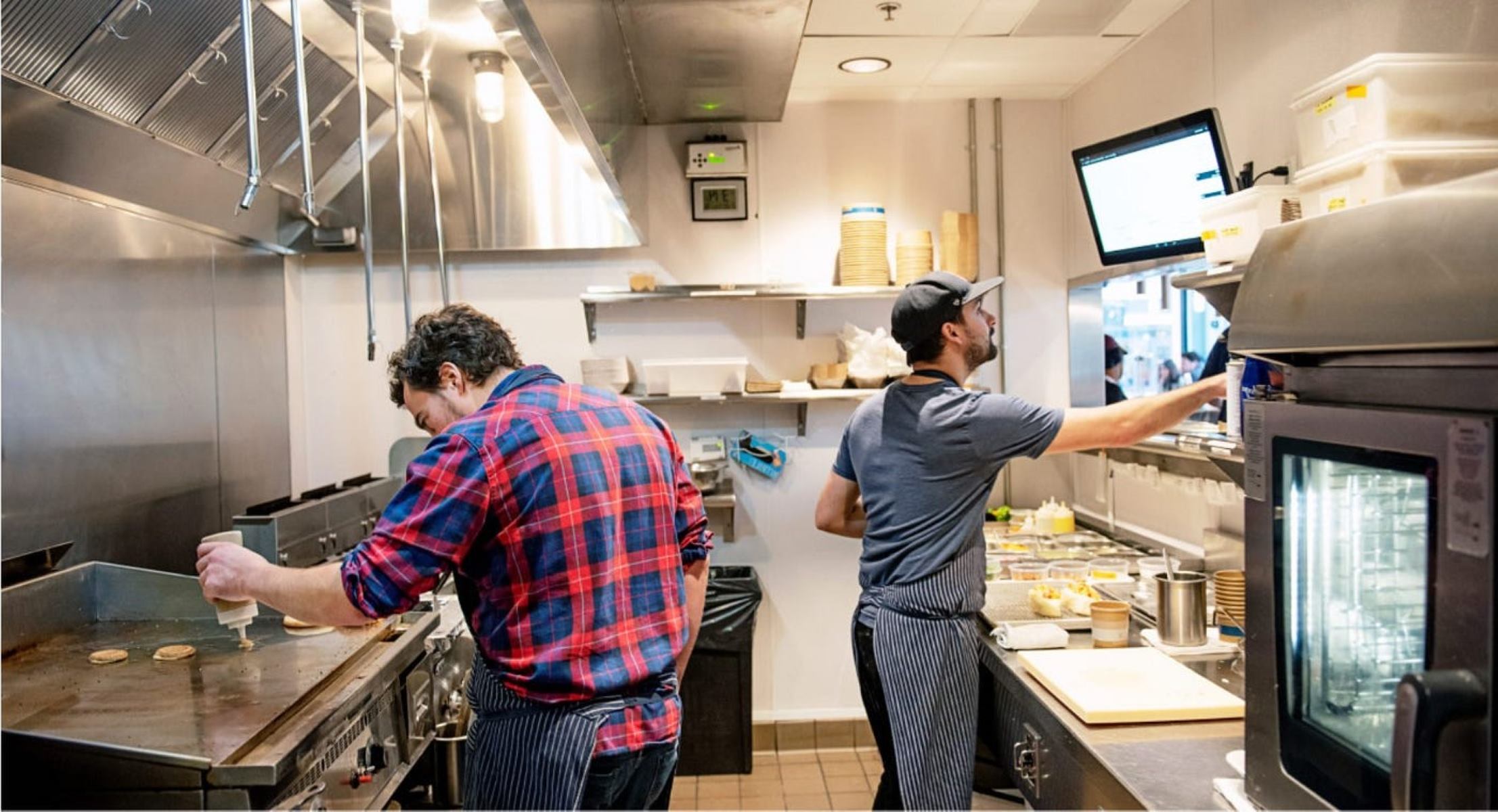
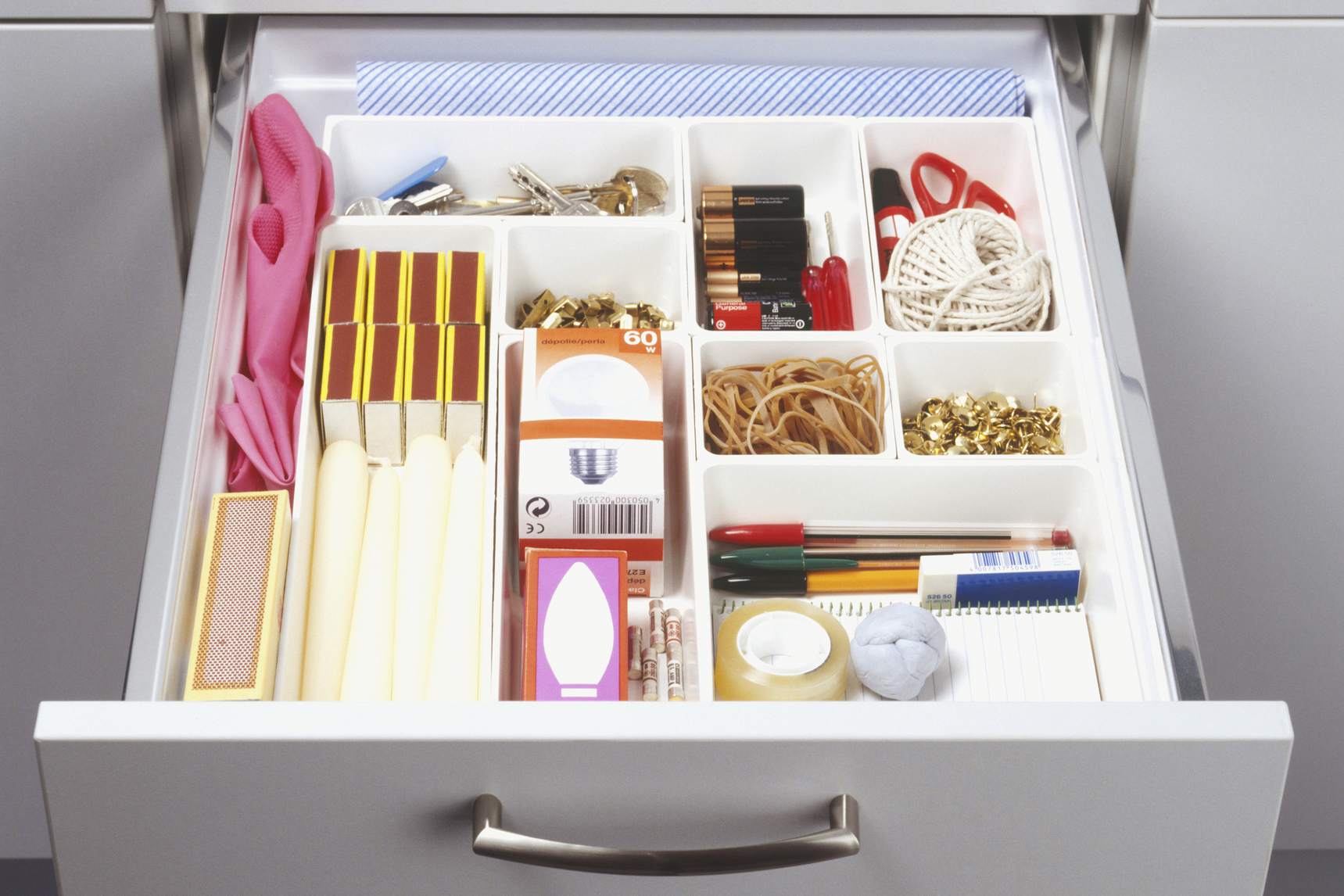
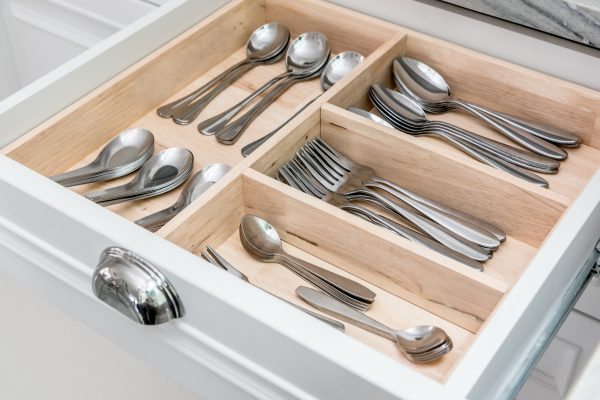

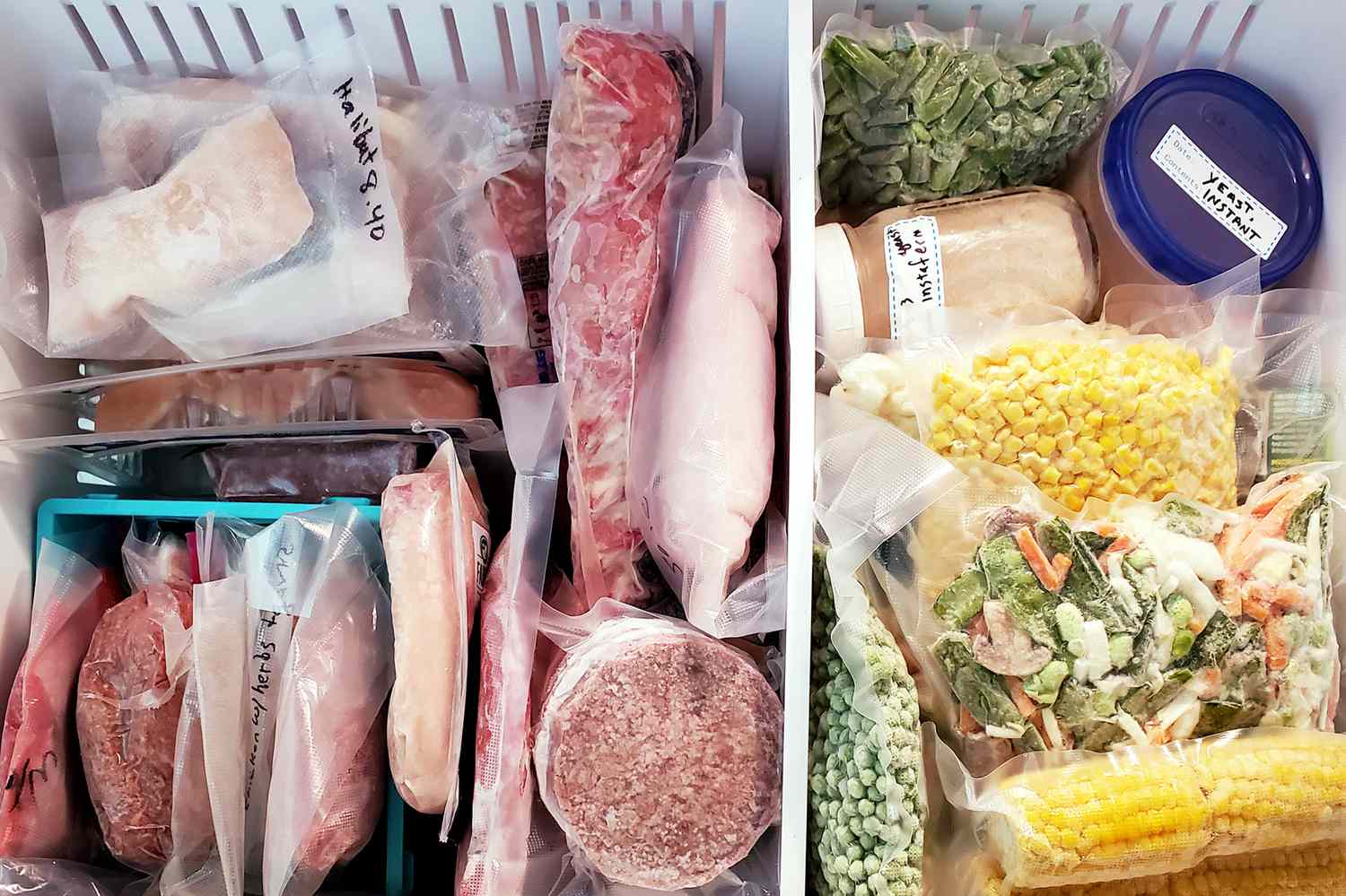


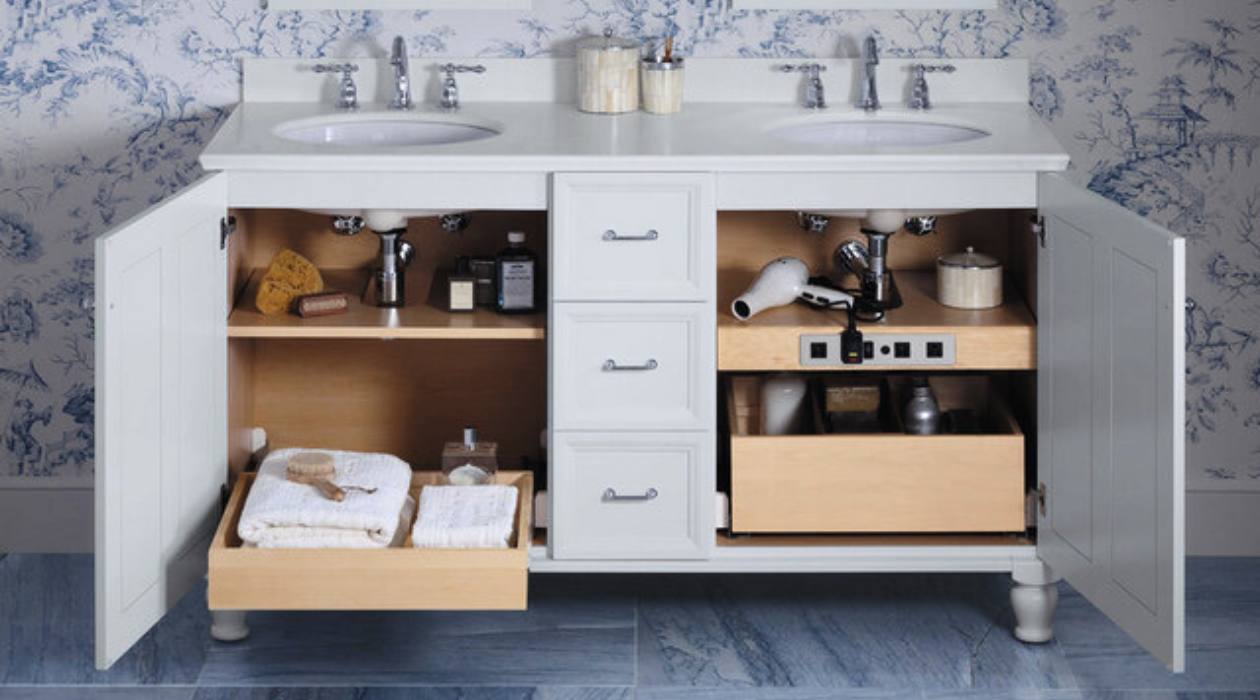
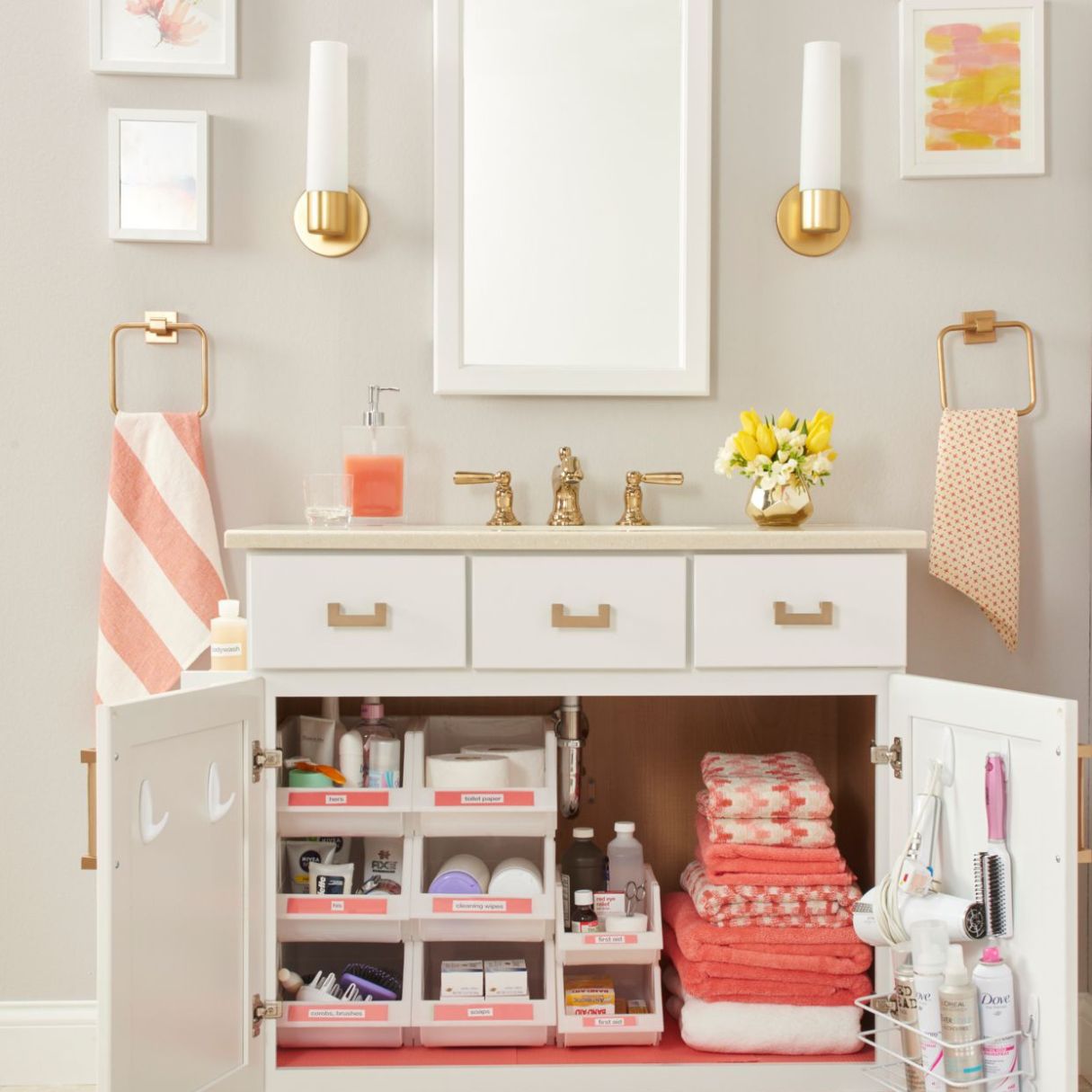
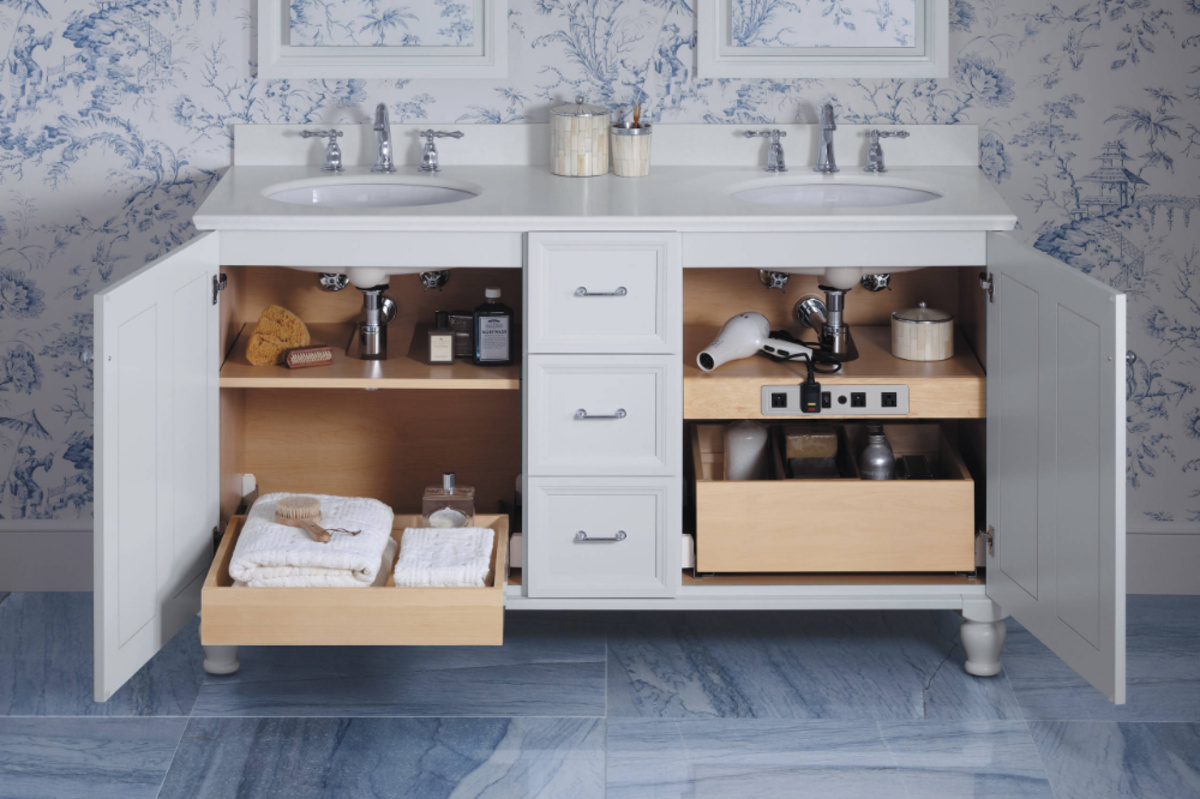
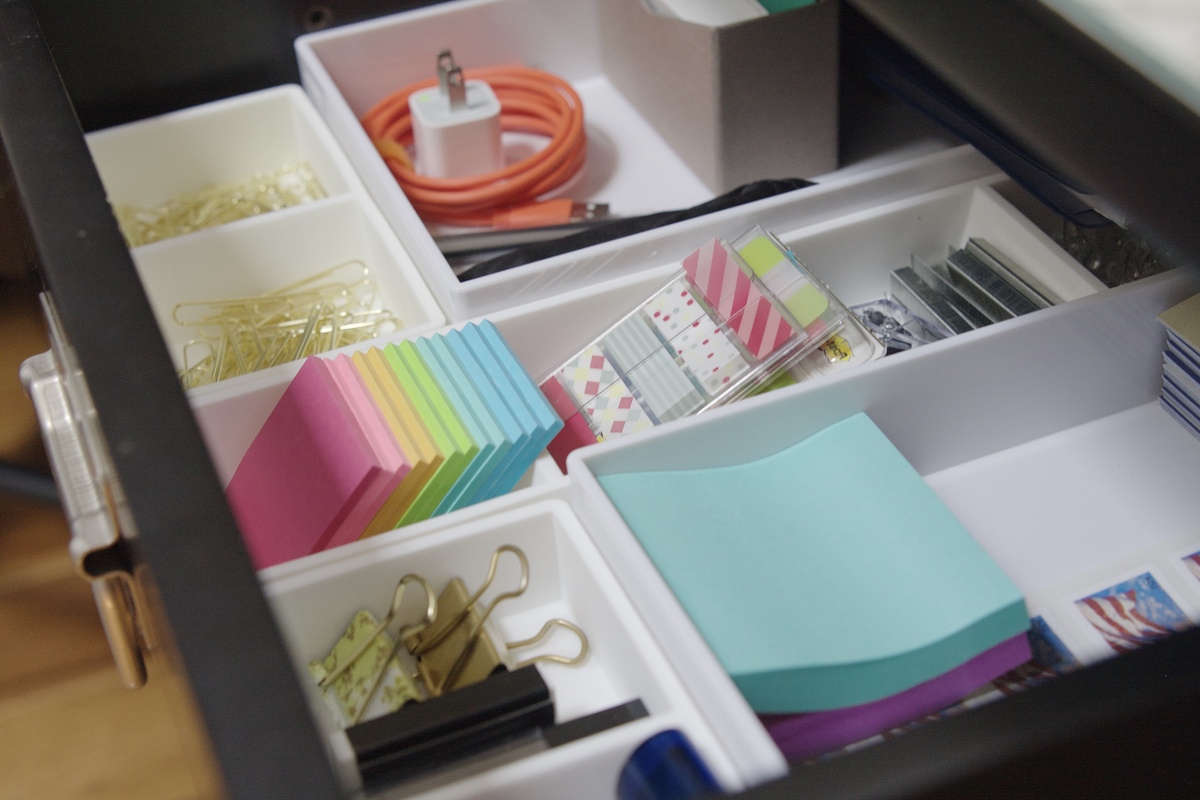

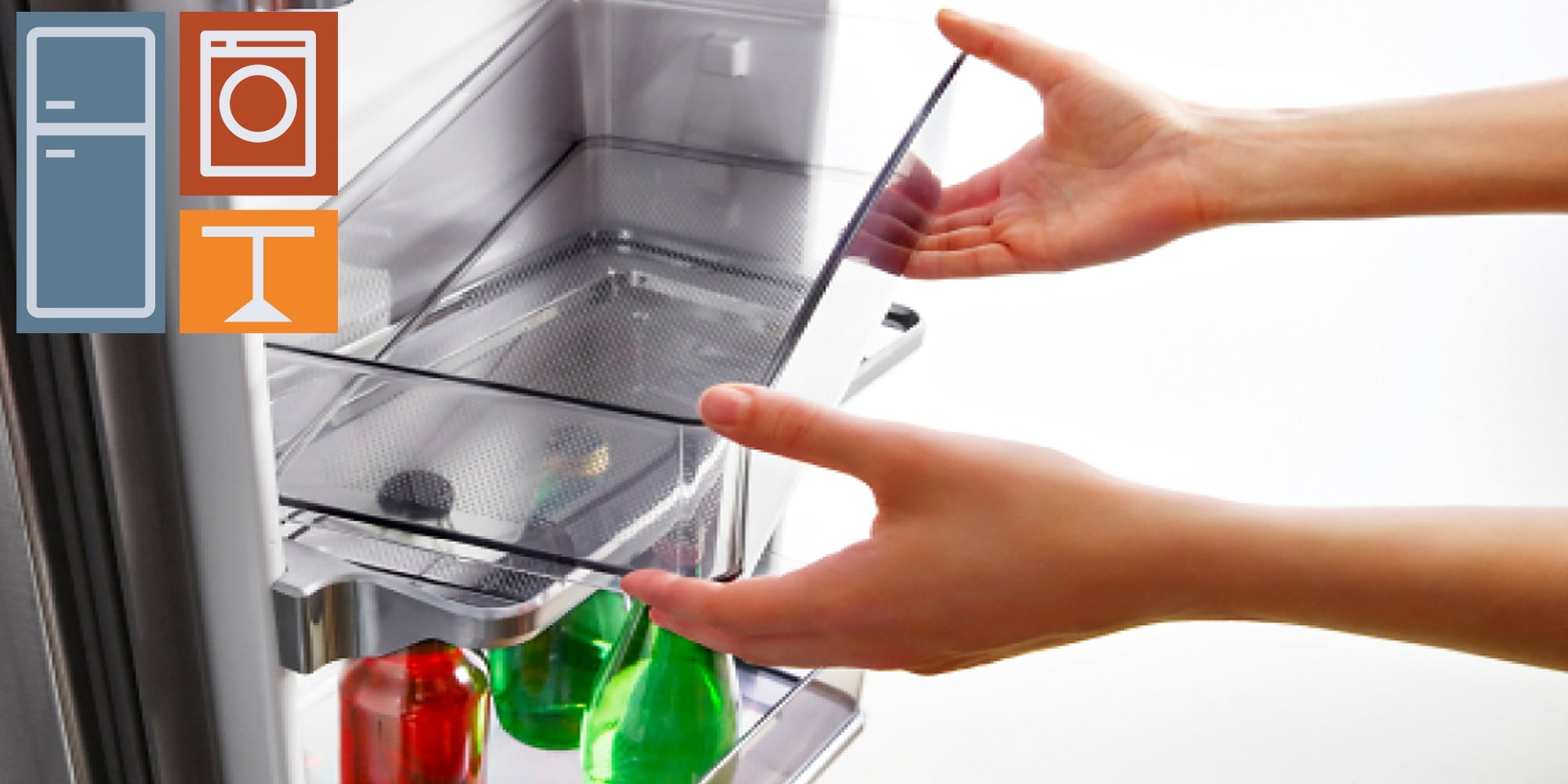

0 thoughts on “How To Organize A Freezer: 10 Expert Tips To Get Drawers In Order”